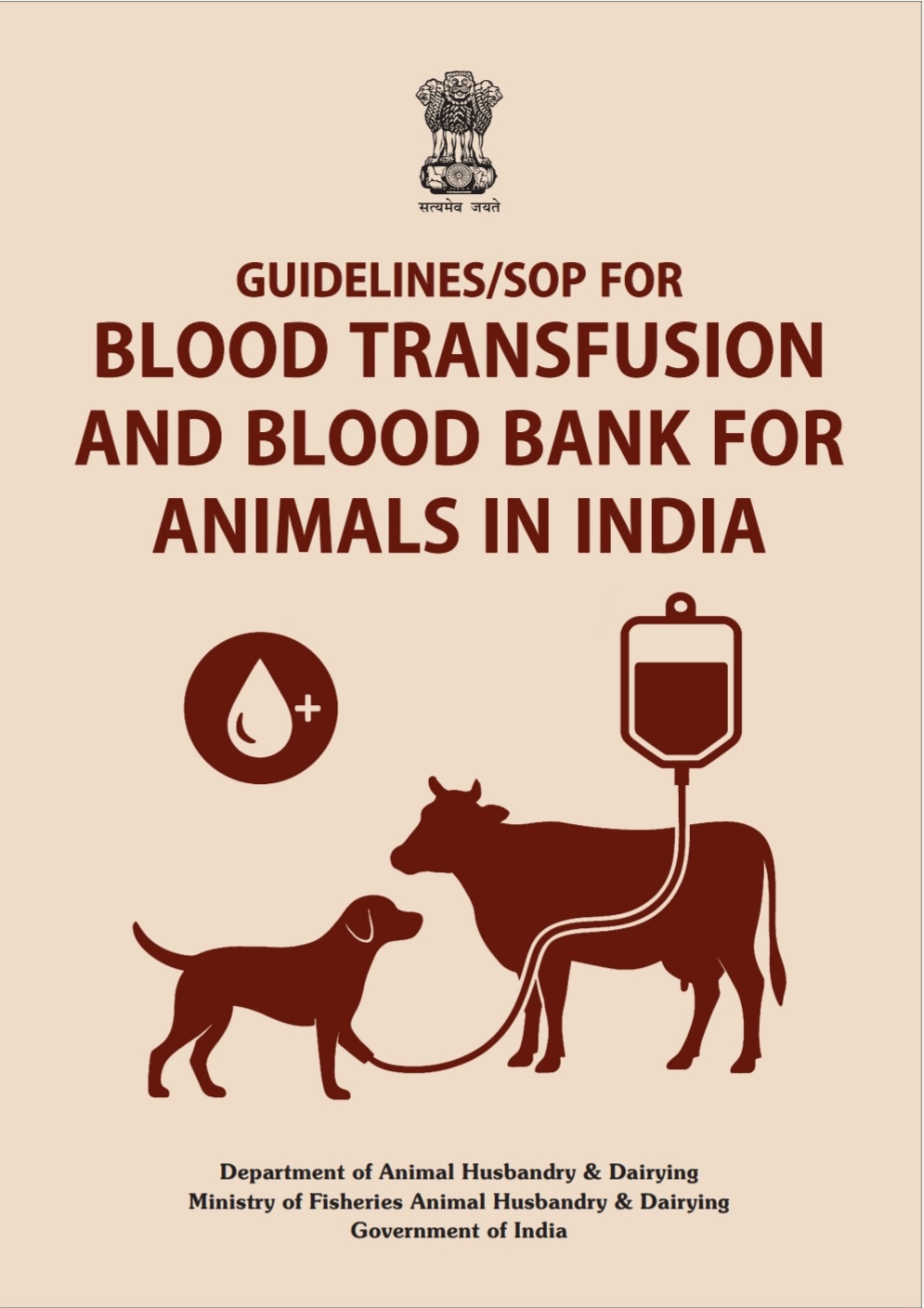The Department of Animal Husbandry and Dairying (DAHD), under the Ministry of Fisheries, Animal Husbandry and Dairying, on Monday released India’s first-ever “Guidelines and Standard Operating Procedures (SOPs) for Blood Transfusion and Blood Banks for Animals.” The move fills a long-standing gap in veterinary healthcare by introducing a structured framework for transfusion medicine in animals.
Until now, most blood transfusions for animals in India were performed only in emergencies, often without standardized donor screening, blood typing, or storage protocols. The new guidelines establish a comprehensive system covering donor selection, blood collection, component processing, storage, transfusion procedures, monitoring, and safety safeguards.
Developed through extensive consultations with the Veterinary Council of India, veterinary universities, ICAR institutes, state governments, practitioners, and experts, the framework aligns India’s veterinary practices with global best standards. It also integrates One Health principles to manage zoonotic risks and introduces a roadmap for a National Veterinary Blood Bank Network with digital registries, real-time inventories, and an emergency helpline.
The guidelines emphasize voluntary and ethical blood donations, mandatory blood typing and cross-matching, and strict donor eligibility criteria, including health, vaccination, age, and disease screening norms. They also introduce a Donor Rights Charter, standardized procedures for monitoring transfusions, and mechanisms for reporting adverse reactions.
Looking forward, the framework encourages innovation through mobile blood collection units, cryopreservation for rare blood types, mobile applications for donor-recipient matching, and advanced transfusion research. Veterinary education will also be strengthened, with training modules integrated into undergraduate, postgraduate, and continuing education programs.
India is home to one of the world’s largest and most diverse animal populations, with over 537 million livestock and more than 125 million companion animals. The livestock sector alone contributes 5.5% to national GDP and over 30% to agricultural GDP, playing a critical role in food security, rural livelihoods, and public health.
According to Ministry of Fisheries, Animal Husbandry & Dairying, the release of these guidelines marks a milestone in India’s veterinary healthcare system, offering a scientific and ethical framework to strengthen clinical care, save animal lives, protect livelihoods, and advance animal welfare nationwide. Though advisory and non-statutory, the guidelines will remain dynamic, evolving with new scientific evidence, field experiences, and stakeholder feedback while ensuring the highest standards of biosafety and public confidence.










